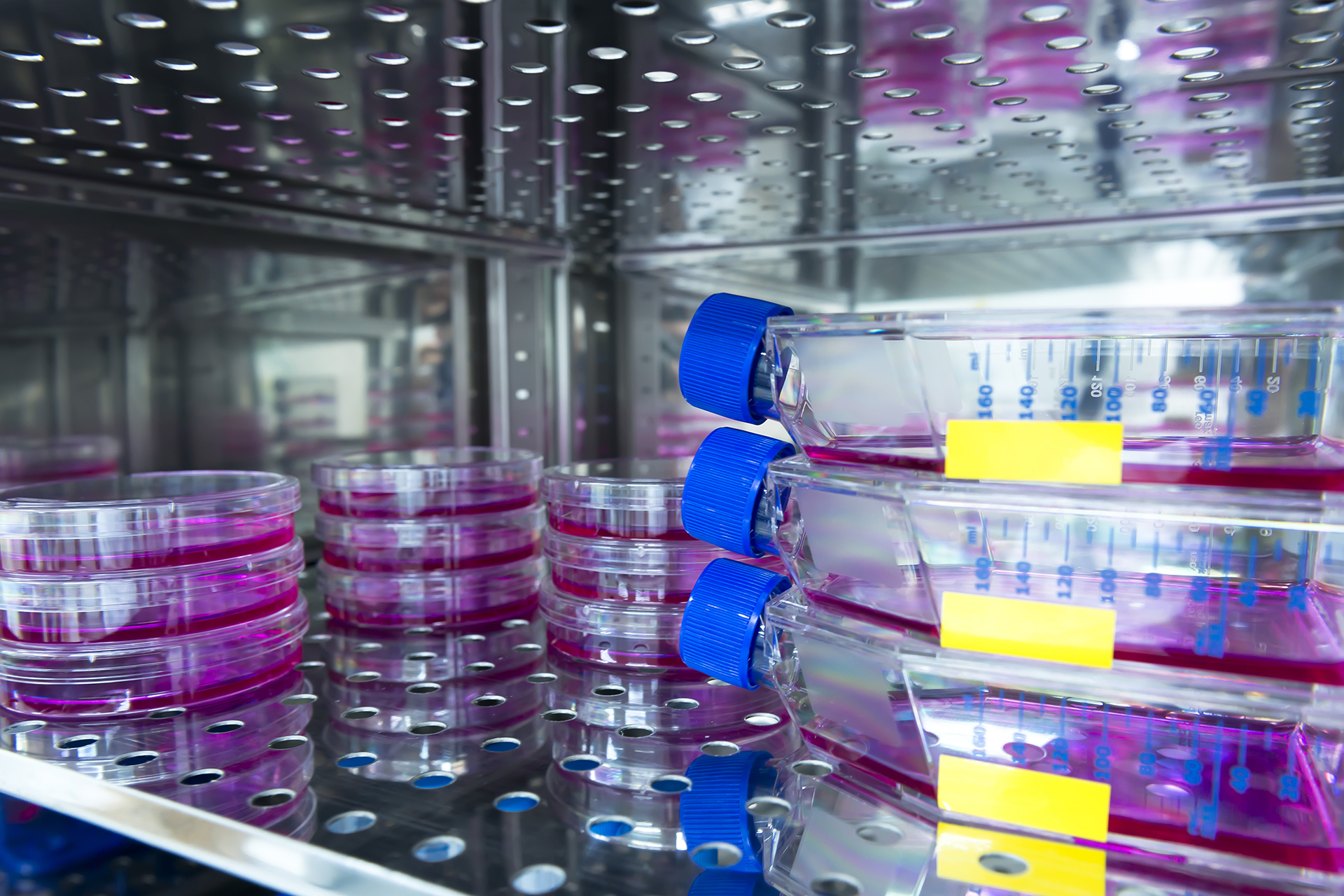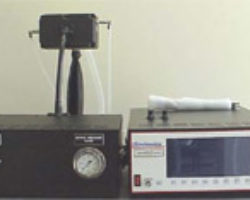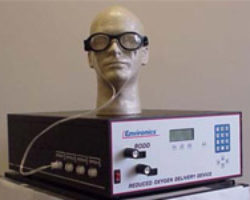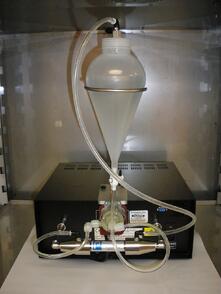Medical/Biological Gas Flow and Scientific Research Applications

Environics gas mixing, blending and dilution systems provide for precise mixing of gases for a wide variety of clinical applications. Our systems can produce gas concentrations from percent to ppb levels for single or multi-point calibration. The high accuracy of our mixers make them the units of choice for a wide variety of laboratory and research applications.

For example, Environics Biological Atmosphere Incubation Mixers provide stable and accurate gas mixes for any laboratory or clinical need. You can generate the specific reduced oxygen environments needed for anerobes as well as the enriched oxygen environments needed in a variety of cellular, viral and high density culture applications. Systems can also be used to create a specific and stable gaseous environment in a clean room. In all cases, the Environics Atmosphere Mixers allow you to use less expensive single-gas cylinders or bulk tanks in place of a high number of expensive blended cylinders.
Flexibility: Environics’ systems automatically blend and dilute gases to generate precise gas mixes. The Series 4000 dynamically produces complex mixes containing up to eight (8) individual component gases in a balance gas. Each component concentration can be independently varied in response to your commands. Customization of our systems is always possible.
Accuracy: Our gas mixing technology is based on very precise control of thermal mass flow controllers. Normally, thermal mass flow controllers offer an accuracy +/- 1% of full-scale flow. However, when combined with Environics computerization and calibration, this accuracy specification is improved to +/- 1% of setpoint. The Full-scale error vs. Setpoint error document shows the 10x improvement in accuracy of a thermal mass flow controller when using Environics controlling technology.

Repeatability: Our systems have a repeatability of +/-0.05% of full scale.
Oxygen Clean: We offer systems cleaned for oxygen service, and highly recommend cleaning of all components for systems that will be subjected to oxygen levels above 25%.

Tubing and Seals Choices: We offer a variety of tubing and seal options to best fit your particular situation. Our team will help guide you to the proper material, which may include stainless steel, Teflon, Hastelloy or Monel tubing and Viton®, Kalrez®, Buna-N, Neoprene or Metal seals.
Custom Systems: We have thousands of systems in the field and have developed an extensive library of applications and solutions to meet our customers' needs. Examples of custom systems currently in the field can be seen below. Other optional features, such as audible/visual alarms, email of alarm conditions, humidification or ozone generation, are available to best suit your needs. Contact us for more information.
Examples of Custom Medical Systems
Developed a system to test the effect of Oxygen on liver cancer cells at various gas blends.
Create mixtures of CO2, O2 and He in a balance of N2 for the following devices: lung diffusion, blood gases, medical lasers and pulmonary function span gases as well as mixtures for the following biological uses: aerobic gases, anaerobic gases and medical drugs.
Developed a system to protect living skin products in transport. These products are used to treat burn wounds, leg ulcers, diabetic ulcers, pressure soars, skin grafting and surgery.
Simulation of human breath System provides an adjustable humidified gas mixture to a breath simulator for the purpose of simulating a human breath.
Designed a system to blend the gases needed to maintian atmospheric conditions in a glove box system for critical laser welding of medical products. The medical products being welding include pace-makers and a device that is implanted under the skin on the head and behind the ear as a part of a cochlear implant system.
Developed a system to examine the effects of various levels of oxygen on sickle cells.
Designed a system to create an accurate, stable gas atmosphere to glove boxes for medical applications.
Optic Research The Reduced Oxygen Delivery Device (RODD) was designed to evaluate the visual effects of mission-relatable exposure to ambient corneal hypoxia before and after LASIK.


